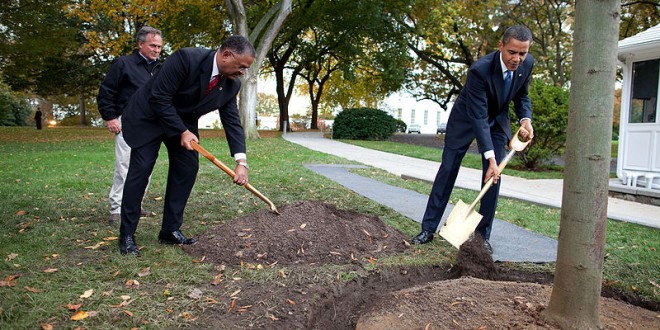After the United Nations established the Paris Agreement in 2015, professionals began searching for sustainable climate change solutions. Greenhouse gas emissions are the driving cause of rising global temperatures. Researchers are attempting to limit atmospheric air pollution using trees.
Trees can absorb carbon monoxide and release pure oxygen. Many companies are working toward sustainability by planting a tree for each product or service they sell. Environmentalists are skeptical about the efficiency of the offsetting process, questioning its equitability.
What Is Carbon Offsetting?
Carbon offsetting refers to processes that reduce as much carbon as an individual or company emits. Professionals must measure their footprints before evaluating how much pollution they need to counter. Some individuals level their greenhouse gas emissions with reduction methods such as carbon capture.
Carbon capturing technology collects emissions and places them beneath Earth’s surface. Storing pollutants reduces harmful gases in the atmosphere and preserves the planet’s natural temperature control process.
Without carbon emissions present, the atmosphere creates heat from sunlight, warms the surface, reabsorbs excess energy and sends it to space. The process generates life-sufficient temperatures on Earth’s surface, supporting the global ecosystem. When emissions fill the atmosphere, they increase the sunlight-to-heat conversion rate.
They also hold excess energy in the environment for extended periods, raising Earth’s temperature over time. Carbon offsetting’s goal is to limit the inference of emissions in the atmosphere. Researchers are exploring the effectiveness of trees for reducing atmospheric degradation, offsetting large-scale pollution.
How Do Trees Remove Carbon?
Many companies are planting trees to offset their carbon emissions. A tree’s natural growth process filters air pollutants before they reach the atmosphere. Researchers found that one park filled with trees could filter 100 pounds of carbon emissions daily.
An acre of forest may process twice the amount of carbon a conventional car produces. Trees reduce atmospheric emissions through photosynthesis, the process by which leaves absorb carbon from the air, combining it with water and sunlight.
As a tree grows and photosynthesis continues, the chemical reaction emits oxygen into the environment. Individuals believe planting enough trees can absorb an equitable amount of emissions, reducing the enhanced greenhouse effect.
Is Offsetting Effective?
Though many companies are engaging in carbon offsetting using trees, the practice is hardly adequate. It takes nearly 20 years for a tree to reach maturity, gaining full emission reduction properties. Companies must stop polluting until the trees reach full maturity to achieve carbon neutrality, or they’re engaging in greenwashing.
Carbon offsetting also has location-based limitations. Companies manufacturing goods in China may plant trees in American forests to balance their emissions.
Trees across the world may never come in contact with the same pollutants produced by an offsetting company. It is also difficult to track the number of emissions a tree is filtering. Storms, forest fires and human-induced harm can limit the stability and efficiency of a tree’s carbon processing practices.
Outside of tree-related carbon offsetting, there are effective ways for companies and individuals to reduce their emissions. Improving the sustainability of one’s practices can shrink their carbon footprint and increase their savings.
Alternate Emission Reduction Methods
Carbon offsetting presents sustainability challenges because it normalizes pollution production. Individuals can effectively decrease their greenhouse gas emissions by reducing their reliance on fossil-fuel-derived energy sources. They can adopt renewable power sources to support their electricity needs sustainably.
The solar industry alone reduces the same number of carbon emissions as 2 billion trees. Companies can pair their renewable energy systems with efficient devices to reduce additional pollution. Individuals may also engage in emissionless forms of transportation to eliminate unnecessary atmospheric pollution.
Where to Start
People can reduce their carbon output by calculating their footprints, and companies can do the same by undergoing an energy audit. Once they understand their major environmental effects, they can reduce their emissions by adopting efficiency-enhancing technology and other pollution-reducing practices.


